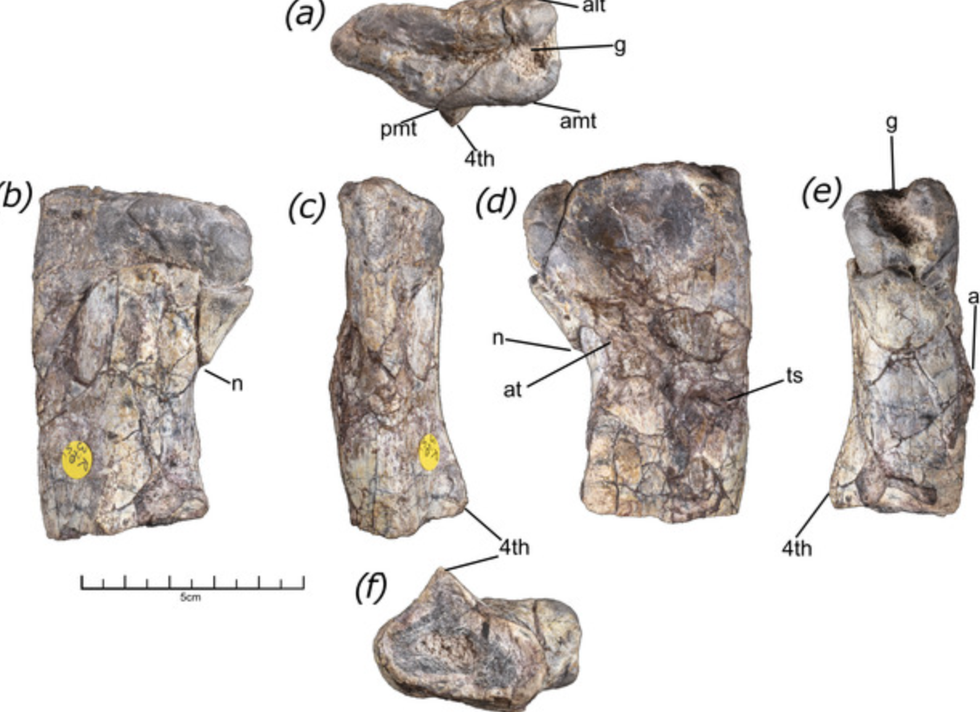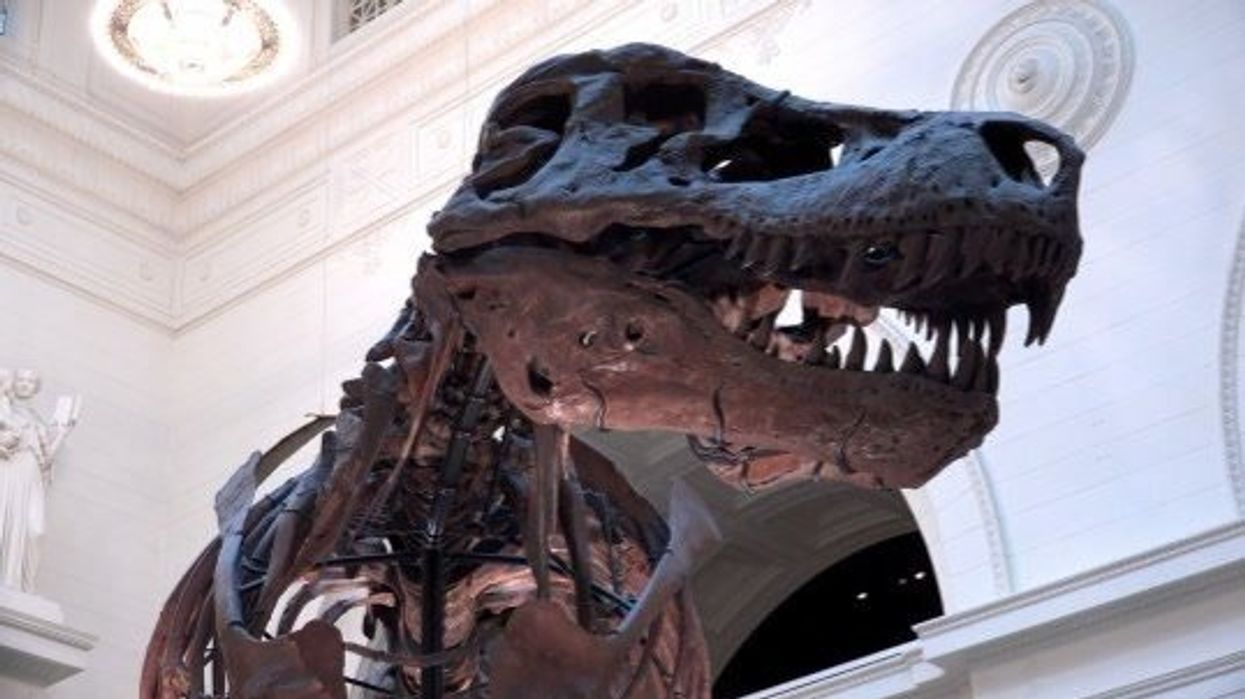Science & Tech
Becca Monaghan
Aug 24, 2025
Can We Actually Know The Gender of Dinosaurs? How Does One Actually …
ZMG - Amaze Lab / VideoElephant
A remarkable fossil unearthed in Africa is rewriting the story of dinosaur origins.
The 225-million-year-old leg bone, belonging to a little-known group of reptiles called silesaurs, challenges long-held beliefs about the size of the very first dinosaurs — or their closest ancestors.
The breakthrough find hints that early dinosaurs may have been far larger than previously imagined, opening a new chapter in our understanding of prehistoric life.
In 1963, a fossilised thigh bone was uncovered in present-day Zambia by British scientists focused primarily on mammal-like reptiles.
At the time, this discovery didn’t receive much attention and was essentially forgotten for decades. It wasn’t until much later, in the 2010s, that the bone was re-examined and identified as belonging to one of the earliest silesaurs, shedding new light on prehistoric life.

Silesaurs are a group of reptile relatives resembling dinosaurs, roamed the Earth between 240 and 200 million years ago but were only identified as a separate group in 2010.
There is still debate over whether silesaurs should be classified as true dinosaurs, but this recent discovery could transform our understanding of how dinosaurs evolved. Jack Lovegrove, a PhD student and lead author of the study, suggests that the size of this femur challenges the long-held belief that the earliest dinosaurs were small.
Rather than starting out tiny, it’s possible that some early dinosaurs and their close relatives actually became smaller over time.
Should further large fossils be uncovered, it may indicate that early dinosaurs began life on a much grander scale, with certain groups shrinking as they evolved.
After spending more than 50 years tucked away in the Natural History Museum in London, this unassuming bone has finally revealed its true significance, reshaping what we know about the dawn of the dinosaurs.
It just proves that our understanding of these incredible creatures, and dinosaur timelines, are still changing. In fact, it comes after recent research put forward that some varieties of dinosaur may have developed the ability to control their own body temperature.
It could change our understanding of animal timelines throughout the history of our planet, with these dinosaurs potentially becoming the first ever warm-blooded terrestrial reptiles. Read more here.
You may also like...
- Archaeologists discover the lost 'Book of the Dead' buried for thousands of years
- Archaeologists are too scared to open up the tomb of China’s first emperor for one reason
How to join the indy100's free WhatsApp channel
Sign up for our free Indy100 weekly newsletter
Have your say in our news democracy. Click the upvote icon at the top of the page to help raise this article through the indy100 rankings.
Top 100
The Conversation (0)














